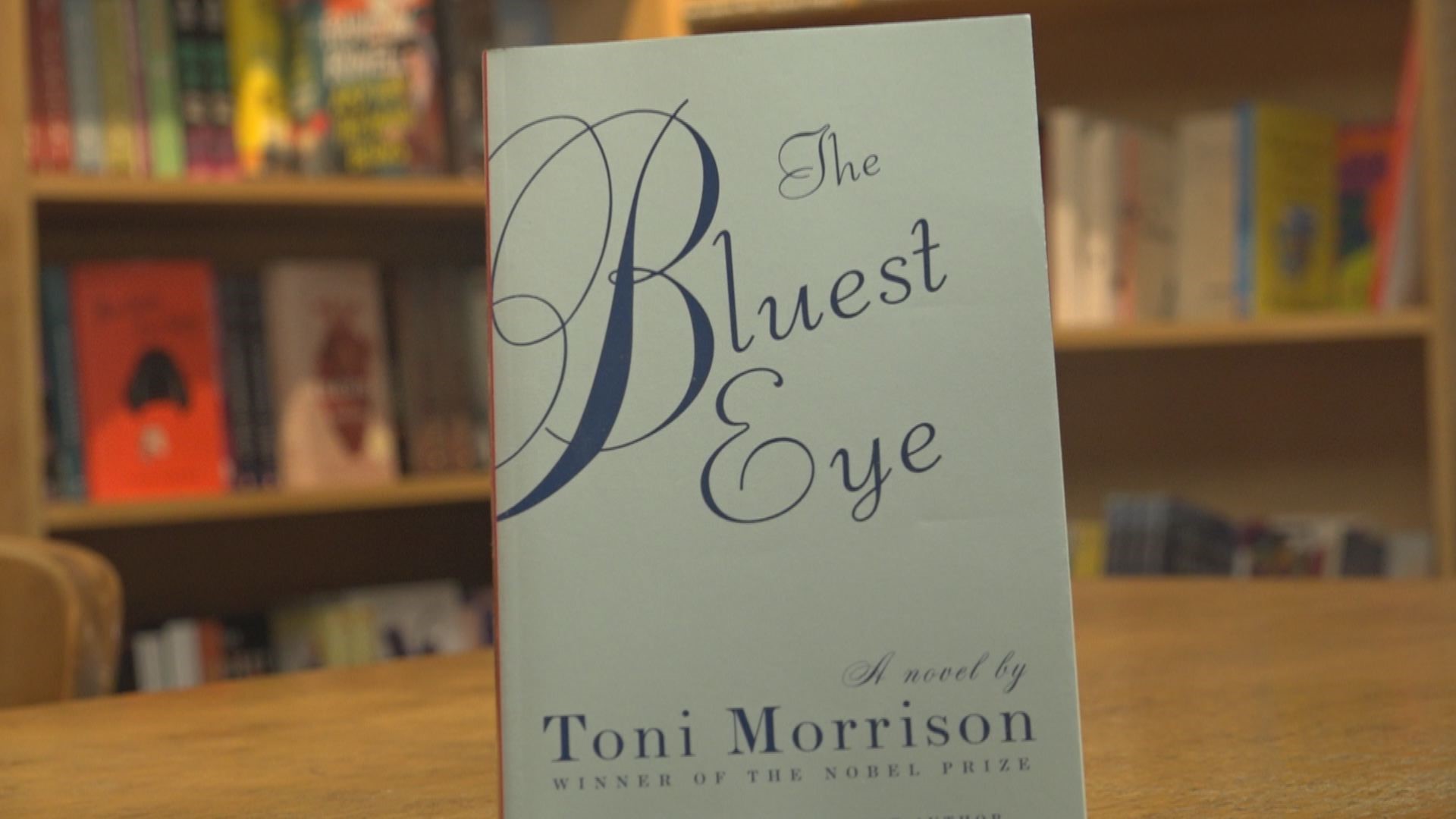WENTZVILLE, Mo. — Judging a book by its news coverage, you'd think Toni Morrison's "The Bluest Eye" is controversial. It was most recently removed from Wentzville schools.
But there’s much more to the story, and some literary experts argue its censorship misses the point.
The novel is set in the Midwest following the Great Depression. It centers around the life of a black girl named Pecola Breedlove, who thinks she's ugly and wishes for blue eyes like the beautiful white girls who she believes get the love and attention for which Pecola longs.
“One of the things that's really cool about this book and about most of Morrison's books is they're not about white people. They're about black people,” said Karla Armbruster, an English professor at Webster University who teaches a seminar on Toni Morrison’s books. “I guess if you're white, it feels like it's about race, but it's also not about race in the sense that she's really focusing on black people and not so worried about white people.”
The self-loathing based on societal beauty standards is just one element of Pecola’s deeply tragic life: she is abused by her mother, tormented by her community, and repeatedly raped by her father. She is ultimately manipulated to kill a dog when a misanthropic neighborhood mystic promises to give her blue eyes, and she goes mad.
“It's a very sad book, but it's also very much about empathy, about scapegoating, about what do you do as an observer when you see someone else being mistreated? Things that I think are really important for kids in school,” said Armbruster.
The book is celebrated not just for its boldness, but for Morrison’s writing.
“This is a very literary book. The style, the form are complex, experimental, even every sentence is like a poem,” said Armbruster. “One of the things students learn with this book is how to read more difficult text, how to develop interpretive skills, how to appreciate ambiguity.”
Calls to remove the book from shelves typically point to scenes with Pecola's father, which critics describe as sexually violent or obscene.
“I heard the word pornographic tossed around with some of these books. It's the opposite of that, right?” said Armbruster. “Because in pornography, from what I understand, sort of the essence of it is that the sex act or the person's body is objectified. It's decontextualized. Here, everything is really thickly contextualized and you are asked to connect to and understand everybody involved.”
Even still, Armbruster believes it is appropriate for teenagers to read.
“Literature is supposed to make us feel things,” she said. “I can't really imagine a world in which you turn 18 and then someone's like, 'Oh, by the way, there's death. There's violence, there's prejudice,' right? I mean that it's just not going to happen.”
Morrison herself once described the act of banning books in schools and libraries as the "purist and yet elementary kind of censorship designed to appease adults rather than educate children."
Armbruster said she and the future English teachers in her classes would advocate more conversations and fewer cancelations when it comes to difficult topics like the ones in "The Bluest Eye."
“There are books that are perhaps better read with the help of an adult, maybe in particular, an adult who is trained on how to handle some of these tough topics, you know, like an English teacher.”

